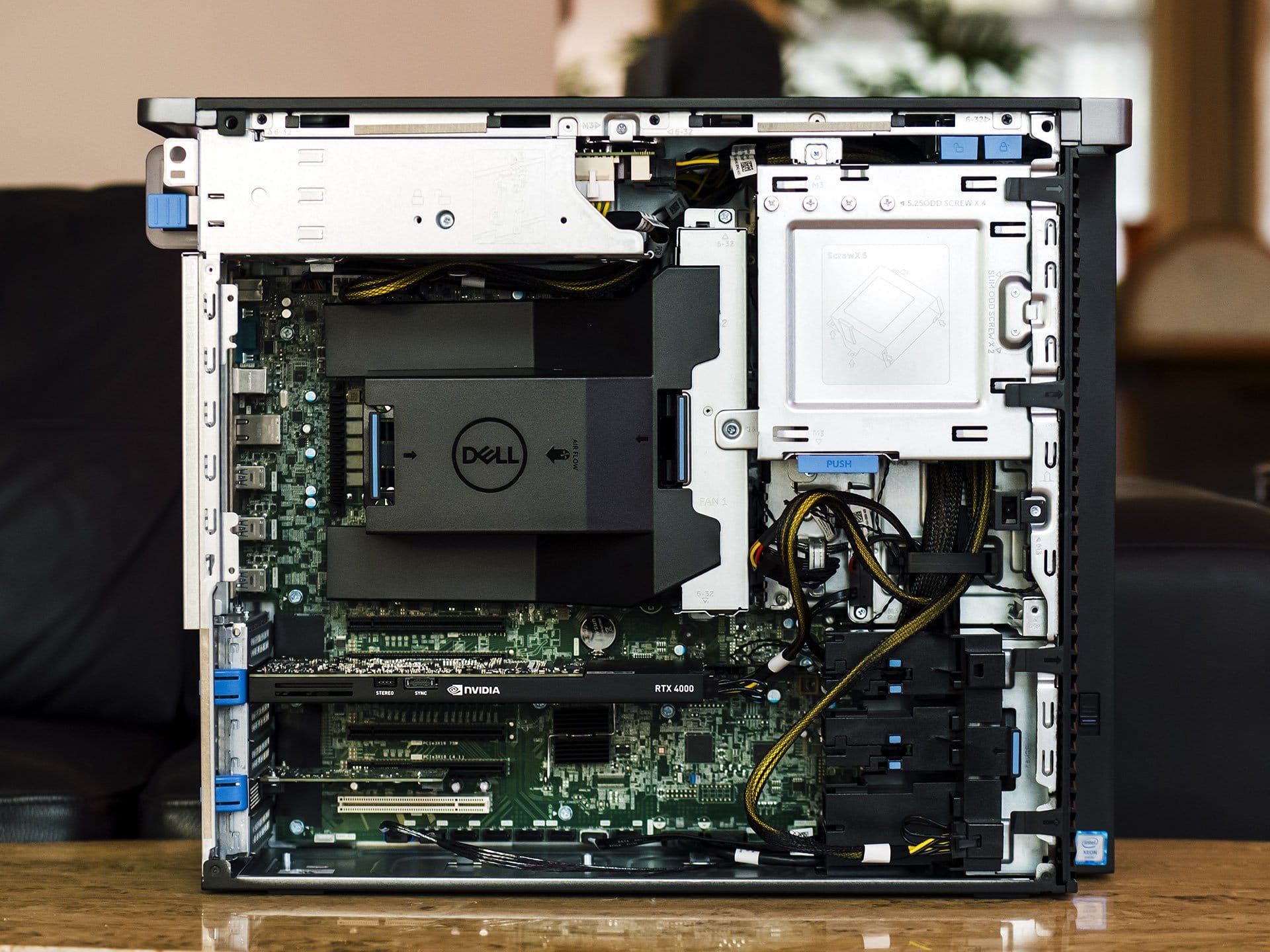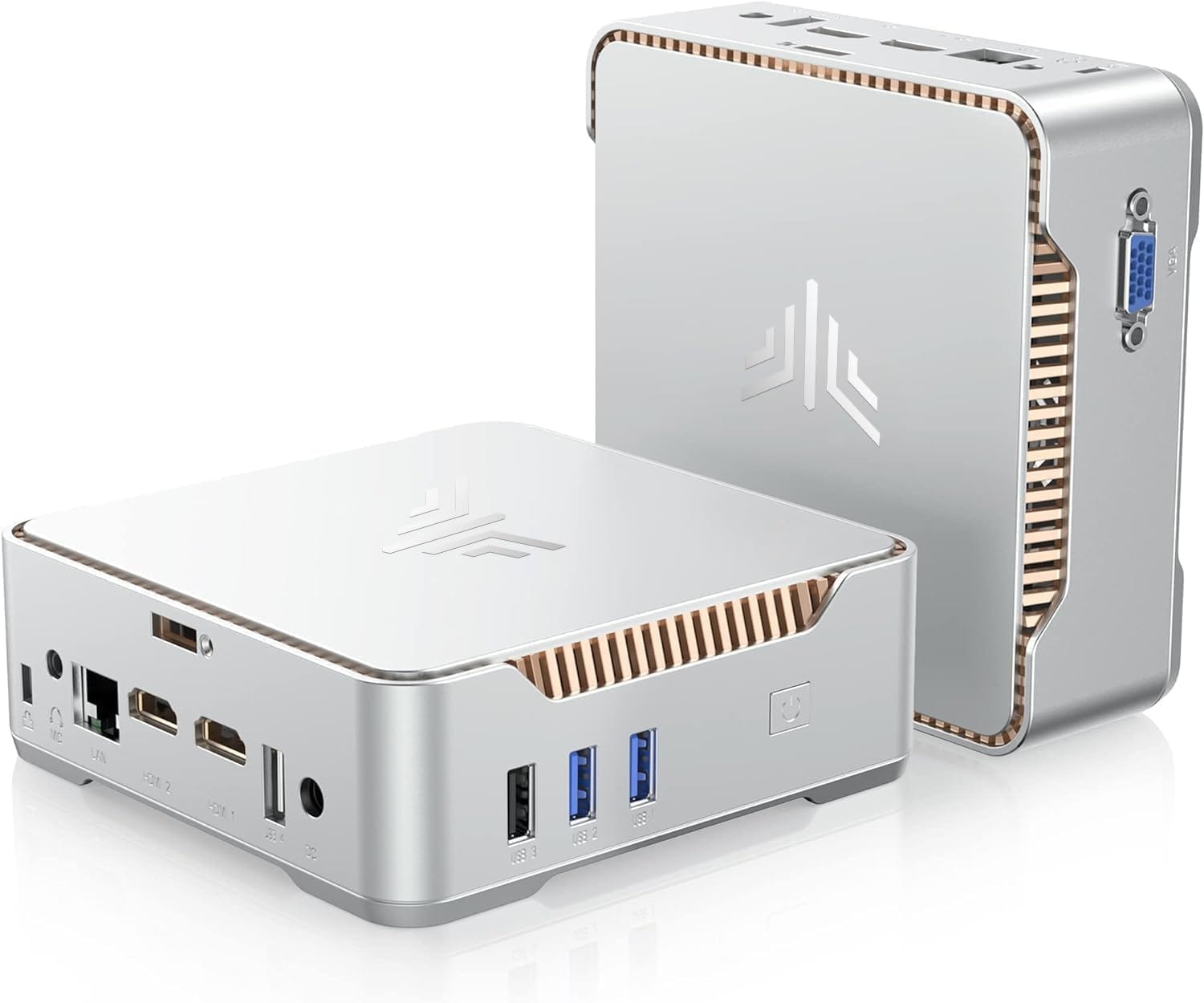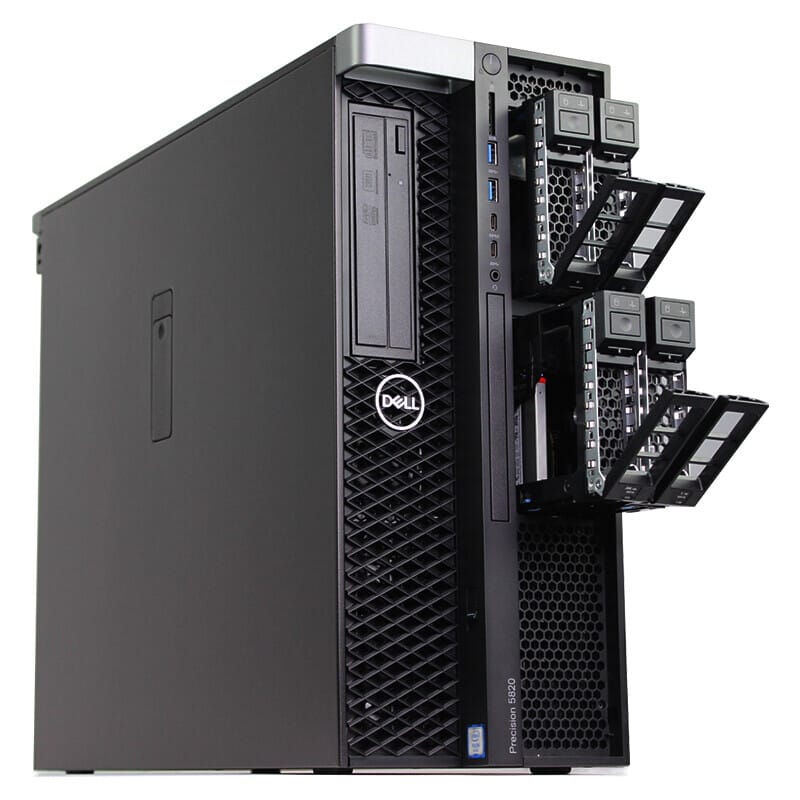Home Server Journey (Part 1)

It has been a while since I've updated this site! I'm sure all zero of my readers are quite upset about it. 😝
After running out of cloud storage on my phone, rising costs of subscriptions, and endless data breaches, it became apparent to me that it was time to end my relationship with "the cloud." Personally anyway.
With a deep sigh I realized it was time to dip my toe into home servers. What followed were weeks of YouTube videos and Reddit posts. I needed to immerse myself and make sure this is something I really wanted.
I've always been resistant to tech projects at home. I already deal with this stuff at work so why would I allow it to infiltrate my safe space? I'm also aware I never wanted to be "that guy" that allowed tech to become his life. But I'm good at it and I can make my household's life easier so why not?
First I cobbled together a computer out of spare parts I had laying around. It was a fine computer, but all I had at hand was a small case. This really limited my ability to scale out the amount of HDDs connected. The motherboard I had available was also being real fussy adding additional RAM.
For the cost of a new case and a potential new motherboard I realized I should just buy entirely new computer that would be better suited for what I was looking for. Mind you, you could absolutely have moved forward with a home server with what I had available. I am neurotic and wanted something I could scale and tinker on a little easier. A home server can technically run off a $50 Raspberry Pi so there's no excuse for the money I was about to spend.
The market is emerging with a lot of cheap, physically small, and most importantly highly efficient PCs. In the home server world, these are a great base to get started and won't wreck your utility bill running 24/7. For $150 you can get a lot. While you can make it work, these aren't great if you have any desire in hooking up multiple drives or are wanting to run multiple 4K video streams however. The accessories to make that work now turns this into at least a $250 build and even then there are caveats.

So I used devices like the KAMRUI GK3Plus as a hardware/cost benchmark as I turned my eyes elsewhere. In the $200-ish range this is what is available new. What about used?
I knew eBay and Craigslist would get me further on the used market. $100 can get you some crazy hardware as long as you're willing to get something older.
This is a weird time to buy used computer hardware. On one hand the market is saturated with so much old hardware. On the other, tariffs is causing some panic which is rising prices. Just take your time and you'll find a good deal.
After a couple weeks I came across a seller who happened to be in my city even!
What I ended up picking up was a Dell 5820 with:
- Xeon W-2123 3.6Ghz quad core
- 64gb of DDR4 Registered ECC
- 512gb SSD and 2TB HDD
- 4gb Nvidia Quadro K4200 video card
- 950W PSU
- 2 disc readers
A unique part of this PC are the 4 external drive bays (seen below). This makes swapping drives out very easy! This is a selling point for me because I hate working with drives! 😅

For reference this computer was several thousand dollars when it came out in ~2017. I spent $280 on this and it came with all the bells and whistles that are sometimes lacking in other used 5820's. If this is a good deal is really subjective. For $280 you could build a pretty mean machine using new or used consumer parts. What I was shopping for was a platform. Using the Dell 5820 as a platform I'm sure I'll get 10 years out of this thing no problem. I doubt I'll ever exceed the needs of this platform.
Especially after a couple upgrades.
The 4 core, 8 thread Xeon W-2123 was immediately a challenge. This would be a great CPU if I was using it as a workstation. As a server doing many things simultaneously? Not so much.
I could have switched away from the Xeons but with that comes other challenges. I decided to move forward with Xeon and picked up a Xeon W-2155 for $150. This CPU is slightly lower speed but is 10 core, 20 thread. No concerns now about how many processes are running!
The $150 CPU upgrade was the only real surprise throughout this process. I was expecting it to cost closer to $40. The higher end Xeon CPUs for this generation seem to be more rare which is driving up cost. If I had chosen a slightly older Intel generation I could have saved a lot. But that is true across the board.
I didn't have proper HDDs on hand. $200 later I now have 2x 4TB WD Red Plus drives.
The 512GB SSD that came with the machine was fine. It was preloaded with Windows. I decided I wanted to preserve that so I tossed in a separate 1TB SSD that I had sitting in the closet to run all the server stuff.
The last upgrade was the GPU. Much like the CPU, the Nvidia Quadro K4200 would have been fine if I was using this as a normal computer. I had a GTX 1650 Super laying around so I tossed that in instead. The GPU remains the only thing that I'm unsure is future proofed. We'll see in time how it handles 4K streaming. But I had it onhand so it was "free."
So the final build ended up being:
- Xeon W-2155 3.3Ghz 10 core, 20 thread
- 64gb of DDR4 Registered ECC
- 1TB SSD and 2x 4TB HDD
- 6gb Nvidia GTX 1650 Super
- 950W PSU
- 2 disc readers
Total cost is $630. Oof! Let's ignore the $200 I spent on HDDs because I would have had to spend that either way. In that case I spent $430 vs the ~$200 I would have spent on something new. Yes, I spent over double but I gained 10x the performance, way more flexibility, and way more projected longevity. There's also something to be said that I kept this hardware out of a landfill.
As for the future, again, the GPU remains the only thing unproven. I might replace it entirely. Yes that would be more cost, but if the 1650 doesn't meet my needs then the iGPU on the ~$200 new options would definitely not have met my needs either. What is interesting is this platform affords me multiple GPUs so I could always add a GPU too but I'm unsure how that works with Docker.
Speaking of Docker, stay tuned for my dive into the world of Unraid!
